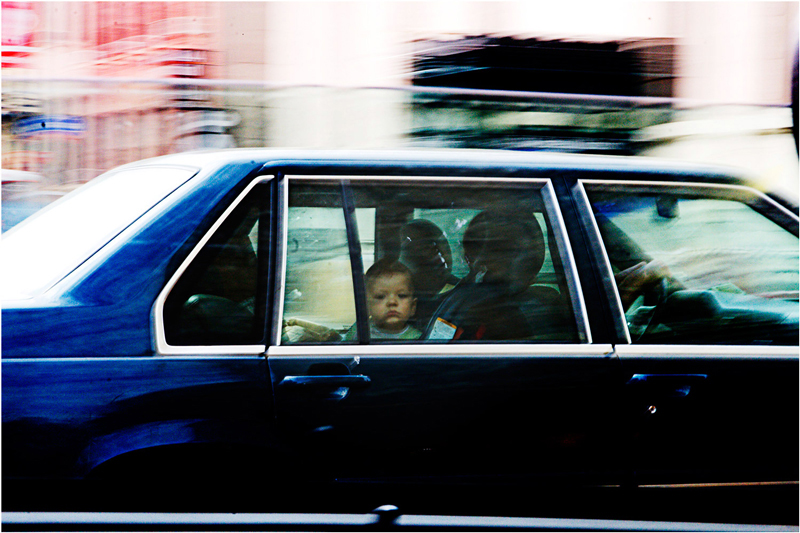Directing the Eye Part 3 - Focus  Using focus to direct the eye is taken for granted ? so much so its effect can often go unnoticed ? but its pull is absolute. Focus might not draw the eye as immediately as contrast or color, but it always grabs the attention of the viewer, even if it takes a couple hundred milliseconds. The eye?s job is to scan and focus on objects; it will always search out the in-focus parts of an image. Focus is the photographer?s direct way of telling the viewer, ?Hey, look here.? In this way the viewer sees what the photographer saw, or cares to show. Focus is the proxy for the photographer?s eye. It can inform us what an image is about, so usually you want your subject to be the thing in focus. But photography is an art form, and as such resists hard rules.
Using focus to direct the eye is taken for granted ? so much so its effect can often go unnoticed ? but its pull is absolute. Focus might not draw the eye as immediately as contrast or color, but it always grabs the attention of the viewer, even if it takes a couple hundred milliseconds. The eye?s job is to scan and focus on objects; it will always search out the in-focus parts of an image. Focus is the photographer?s direct way of telling the viewer, ?Hey, look here.? In this way the viewer sees what the photographer saw, or cares to show. Focus is the proxy for the photographer?s eye. It can inform us what an image is about, so usually you want your subject to be the thing in focus. But photography is an art form, and as such resists hard rules. 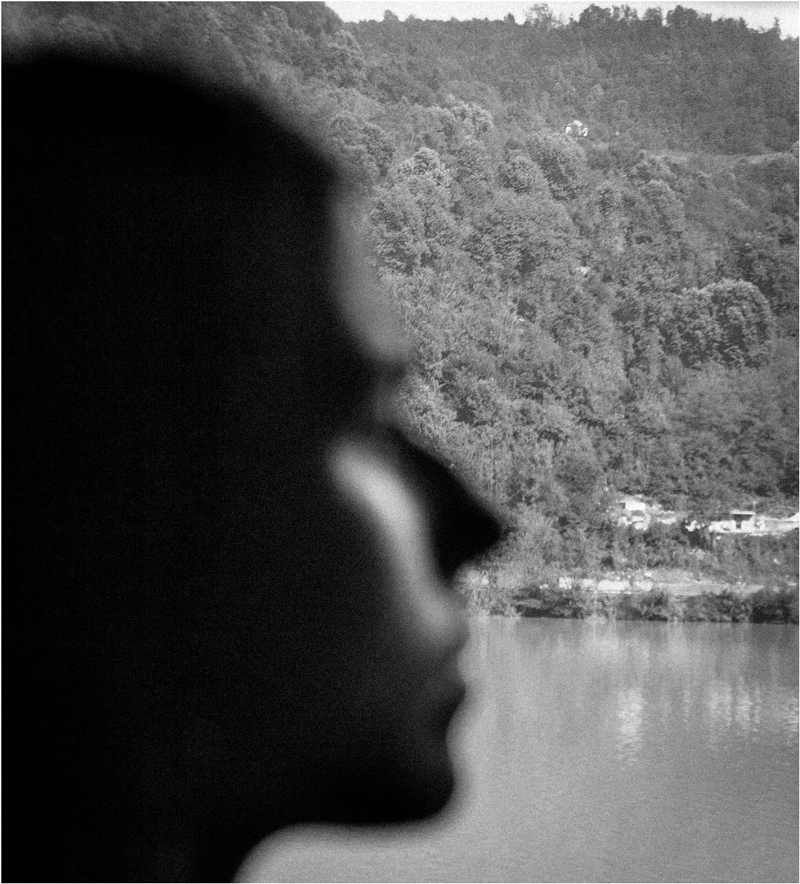 The ways we use focus Out of focus ? there actually are reasons you might want an image to be out of focus. It can suggest motion or emotion, a lack of control, or an abstractness of color or shape. An out-of-focus image will not direct the eye, it will move freely about the image and rely on other visual cues like color and contrast when looking where to go. But without objects to focus on, the eye floats and gets lost. The use of focus in an image is a representation of where the photographer?s attention is, your use of focus (or lack of) should be intentional. Which means your use of f-stops and shutter speeds should be intentional.
The ways we use focus Out of focus ? there actually are reasons you might want an image to be out of focus. It can suggest motion or emotion, a lack of control, or an abstractness of color or shape. An out-of-focus image will not direct the eye, it will move freely about the image and rely on other visual cues like color and contrast when looking where to go. But without objects to focus on, the eye floats and gets lost. The use of focus in an image is a representation of where the photographer?s attention is, your use of focus (or lack of) should be intentional. Which means your use of f-stops and shutter speeds should be intentional. 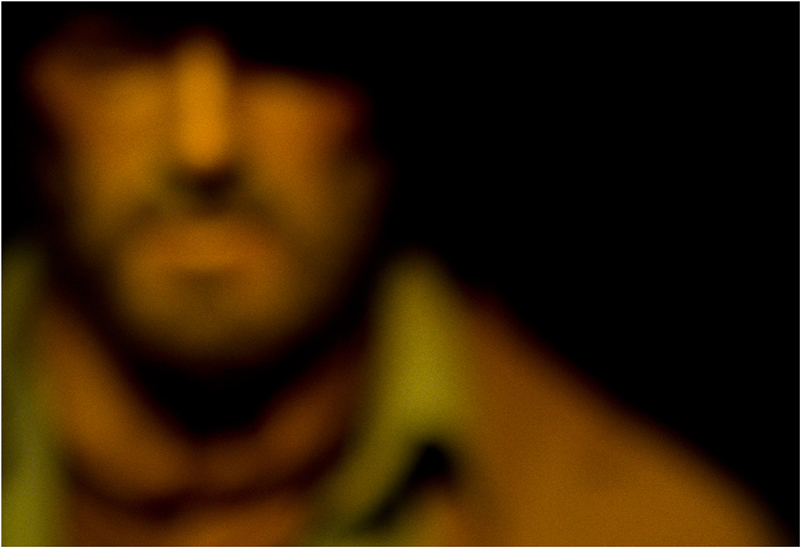 Shallow depth of field or Selective focus ? we like this technique because it clarifies what the photograph is about. It makes for simple and sometimes elegant images that are easy to understand and draw the eye powerfully. Wedding photographers use this technique all the time. What is romantic love if not the attention on one thing to such an extent, we can't even see the world around us. Shallow depth of field is a visual representation of that sentiment. It is also the technique that will most direct the eye, because we will always favor in-focus elements over the out-of-focus ones. One caveat: some cameras have autofocus systems that are not as good as they should be. Having the tip of the someone?s nose in focus, and their eye out of focus, is a pain I care not to endure. So I hedge my bets, and stop down an f-stop or two, to get more focus out of a camera I don?t trust. In photography there are few things worse than being unintentionally out of focus.
Shallow depth of field or Selective focus ? we like this technique because it clarifies what the photograph is about. It makes for simple and sometimes elegant images that are easy to understand and draw the eye powerfully. Wedding photographers use this technique all the time. What is romantic love if not the attention on one thing to such an extent, we can't even see the world around us. Shallow depth of field is a visual representation of that sentiment. It is also the technique that will most direct the eye, because we will always favor in-focus elements over the out-of-focus ones. One caveat: some cameras have autofocus systems that are not as good as they should be. Having the tip of the someone?s nose in focus, and their eye out of focus, is a pain I care not to endure. So I hedge my bets, and stop down an f-stop or two, to get more focus out of a camera I don?t trust. In photography there are few things worse than being unintentionally out of focus. 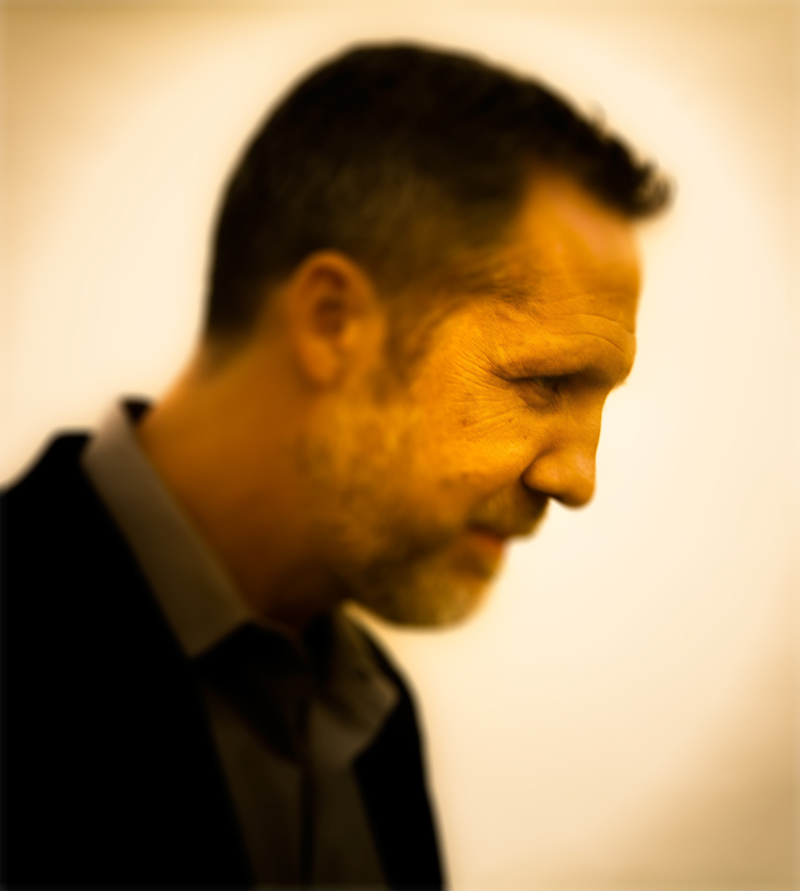 Large depth of field ? we may choose to keep everything in focus for many reasons. We might want to confuse or excite the eye with massive amounts of detail. Images of crowds, cities or landscapes, where the eye can explore and search out details, are good for this. It lets the viewer have more of a decision in where to look, and it works well for exploratory types of images. The completely in-focus image will have a similar effect on the viewer as an out-of-focus one. The eye will not be pulled to a single location, but will scan around the image looking for places to rest. The difference from an out-of-focus image is that the eye doesn?t float around as much and has many more places to stop and look. It will scan and stop, as apposed to scanning around with no place to stop.
Large depth of field ? we may choose to keep everything in focus for many reasons. We might want to confuse or excite the eye with massive amounts of detail. Images of crowds, cities or landscapes, where the eye can explore and search out details, are good for this. It lets the viewer have more of a decision in where to look, and it works well for exploratory types of images. The completely in-focus image will have a similar effect on the viewer as an out-of-focus one. The eye will not be pulled to a single location, but will scan around the image looking for places to rest. The difference from an out-of-focus image is that the eye doesn?t float around as much and has many more places to stop and look. It will scan and stop, as apposed to scanning around with no place to stop. 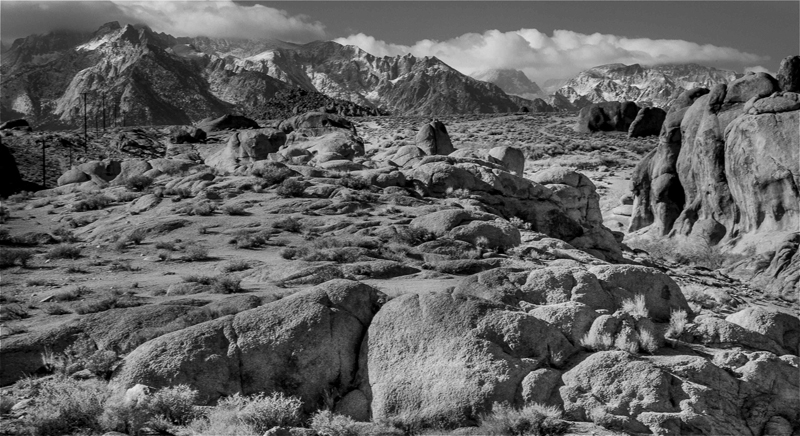 Motion Blur ? When we talk about focus we always discuss depth of field, and how much of your image is sharp front to back. But it is also correct to think of focus in terms of side to side movement, what we call motion blur when we intend it, and camera shake when we don?t. The effect of perceived motion in a photograph will draw the eye to it. We will scan to determine what object is in motion and where it is going. This is why in a photograph where motion is depicted, you need to give your subject a place to ?go.? If you don?t give your subject room to move, the image will feel claustrophobic.
Motion Blur ? When we talk about focus we always discuss depth of field, and how much of your image is sharp front to back. But it is also correct to think of focus in terms of side to side movement, what we call motion blur when we intend it, and camera shake when we don?t. The effect of perceived motion in a photograph will draw the eye to it. We will scan to determine what object is in motion and where it is going. This is why in a photograph where motion is depicted, you need to give your subject a place to ?go.? If you don?t give your subject room to move, the image will feel claustrophobic. 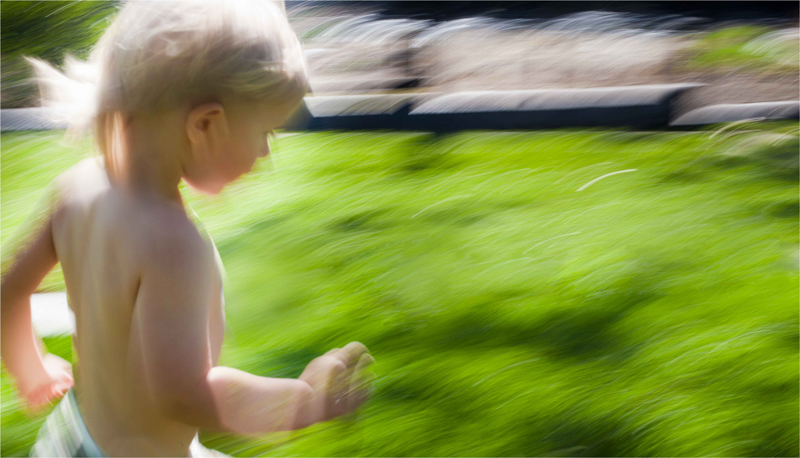 Motion blur implies movement, and it is controlled by shutter speed. So to have total control of your focus you must be conscious and in control of your settings. If you leave the creative decisions to the gods of ?Automatic,? you won?t create images that reflect your vision. Focus and Photoshop ? We can?t have this conversation on focus without discussing Photoshop. We can replicate the appearance of out-of-focus, selective focus, and motion blur, but only if the image is sharp to begin with. If your image is soft, you can only ?sharpen? it so much. This is not CSI on TV ? we can?t say, ?refine,? and magically (by computer) detail comes back. With this knowledge there is a temptation to shoot stopped down and think later about how we want the image to look. Try to resist this urge.
Motion blur implies movement, and it is controlled by shutter speed. So to have total control of your focus you must be conscious and in control of your settings. If you leave the creative decisions to the gods of ?Automatic,? you won?t create images that reflect your vision. Focus and Photoshop ? We can?t have this conversation on focus without discussing Photoshop. We can replicate the appearance of out-of-focus, selective focus, and motion blur, but only if the image is sharp to begin with. If your image is soft, you can only ?sharpen? it so much. This is not CSI on TV ? we can?t say, ?refine,? and magically (by computer) detail comes back. With this knowledge there is a temptation to shoot stopped down and think later about how we want the image to look. Try to resist this urge. 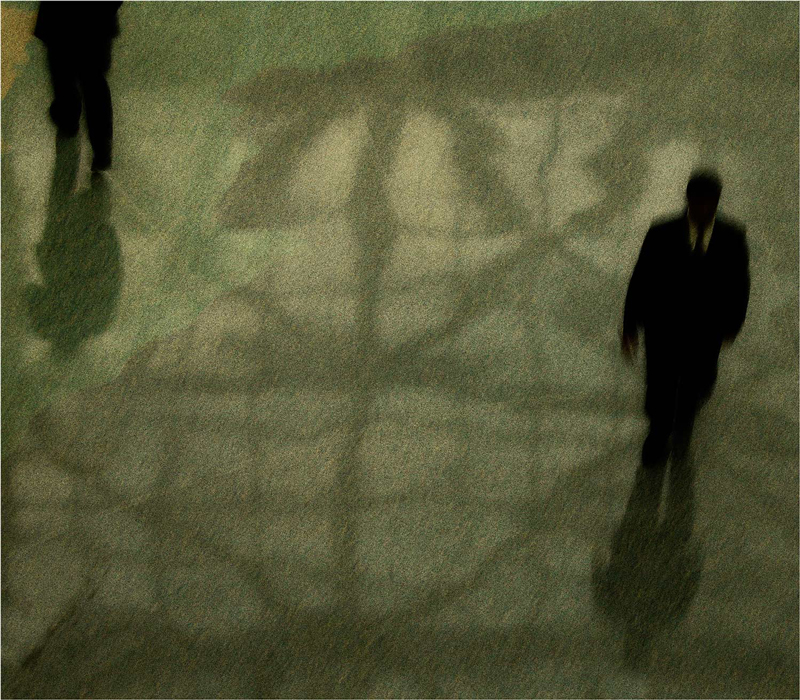 Having a better idea of what your photograph is about, and how you want it to look while shooting, creates better images. In-camera focusing is visually different from mimicking them in photoshop, the techniques are not equal. In a camera, out-of-focus highlights take on the same shape as the camera?s aperture creating a visible difference between out of focus highlights and other out of focus areas. Photoshop uses a mathematical formula to blur everything the same way so there is an evenness about it. Getting it in-camera, will always give a more natural look. For purposes of leading the eye, selective focus does the job better than any other focus technique, but that doesn?t mean it should be a default setting when you shoot. It does mean that if everything is in focus (or out of focus), you should use other techniques like contrast, color, and composition to direct the eye. This is the value of knowing all the ways you can draw the eye in an image and how to use them together. More on that next time.
Having a better idea of what your photograph is about, and how you want it to look while shooting, creates better images. In-camera focusing is visually different from mimicking them in photoshop, the techniques are not equal. In a camera, out-of-focus highlights take on the same shape as the camera?s aperture creating a visible difference between out of focus highlights and other out of focus areas. Photoshop uses a mathematical formula to blur everything the same way so there is an evenness about it. Getting it in-camera, will always give a more natural look. For purposes of leading the eye, selective focus does the job better than any other focus technique, but that doesn?t mean it should be a default setting when you shoot. It does mean that if everything is in focus (or out of focus), you should use other techniques like contrast, color, and composition to direct the eye. This is the value of knowing all the ways you can draw the eye in an image and how to use them together. More on that next time. 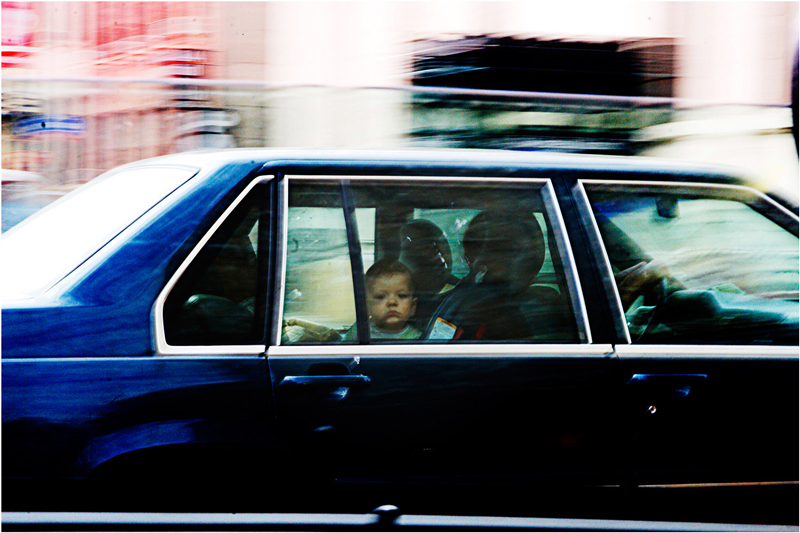 All images © Thann Clark Be sure to check out the first two blogs in this series: Directing the Eye Part 1: Psychological Elements Directing the Eye Part 2: Contrast and Color
All images © Thann Clark Be sure to check out the first two blogs in this series: Directing the Eye Part 1: Psychological Elements Directing the Eye Part 2: Contrast and Color
 Using focus to direct the eye is taken for granted ? so much so its effect can often go unnoticed ? but its pull is absolute. Focus might not draw the eye as immediately as contrast or color, but it always grabs the attention of the viewer, even if it takes a couple hundred milliseconds. The eye?s job is to scan and focus on objects; it will always search out the in-focus parts of an image. Focus is the photographer?s direct way of telling the viewer, ?Hey, look here.? In this way the viewer sees what the photographer saw, or cares to show. Focus is the proxy for the photographer?s eye. It can inform us what an image is about, so usually you want your subject to be the thing in focus. But photography is an art form, and as such resists hard rules.
Using focus to direct the eye is taken for granted ? so much so its effect can often go unnoticed ? but its pull is absolute. Focus might not draw the eye as immediately as contrast or color, but it always grabs the attention of the viewer, even if it takes a couple hundred milliseconds. The eye?s job is to scan and focus on objects; it will always search out the in-focus parts of an image. Focus is the photographer?s direct way of telling the viewer, ?Hey, look here.? In this way the viewer sees what the photographer saw, or cares to show. Focus is the proxy for the photographer?s eye. It can inform us what an image is about, so usually you want your subject to be the thing in focus. But photography is an art form, and as such resists hard rules.  The ways we use focus Out of focus ? there actually are reasons you might want an image to be out of focus. It can suggest motion or emotion, a lack of control, or an abstractness of color or shape. An out-of-focus image will not direct the eye, it will move freely about the image and rely on other visual cues like color and contrast when looking where to go. But without objects to focus on, the eye floats and gets lost. The use of focus in an image is a representation of where the photographer?s attention is, your use of focus (or lack of) should be intentional. Which means your use of f-stops and shutter speeds should be intentional.
The ways we use focus Out of focus ? there actually are reasons you might want an image to be out of focus. It can suggest motion or emotion, a lack of control, or an abstractness of color or shape. An out-of-focus image will not direct the eye, it will move freely about the image and rely on other visual cues like color and contrast when looking where to go. But without objects to focus on, the eye floats and gets lost. The use of focus in an image is a representation of where the photographer?s attention is, your use of focus (or lack of) should be intentional. Which means your use of f-stops and shutter speeds should be intentional.  Shallow depth of field or Selective focus ? we like this technique because it clarifies what the photograph is about. It makes for simple and sometimes elegant images that are easy to understand and draw the eye powerfully. Wedding photographers use this technique all the time. What is romantic love if not the attention on one thing to such an extent, we can't even see the world around us. Shallow depth of field is a visual representation of that sentiment. It is also the technique that will most direct the eye, because we will always favor in-focus elements over the out-of-focus ones. One caveat: some cameras have autofocus systems that are not as good as they should be. Having the tip of the someone?s nose in focus, and their eye out of focus, is a pain I care not to endure. So I hedge my bets, and stop down an f-stop or two, to get more focus out of a camera I don?t trust. In photography there are few things worse than being unintentionally out of focus.
Shallow depth of field or Selective focus ? we like this technique because it clarifies what the photograph is about. It makes for simple and sometimes elegant images that are easy to understand and draw the eye powerfully. Wedding photographers use this technique all the time. What is romantic love if not the attention on one thing to such an extent, we can't even see the world around us. Shallow depth of field is a visual representation of that sentiment. It is also the technique that will most direct the eye, because we will always favor in-focus elements over the out-of-focus ones. One caveat: some cameras have autofocus systems that are not as good as they should be. Having the tip of the someone?s nose in focus, and their eye out of focus, is a pain I care not to endure. So I hedge my bets, and stop down an f-stop or two, to get more focus out of a camera I don?t trust. In photography there are few things worse than being unintentionally out of focus.  Large depth of field ? we may choose to keep everything in focus for many reasons. We might want to confuse or excite the eye with massive amounts of detail. Images of crowds, cities or landscapes, where the eye can explore and search out details, are good for this. It lets the viewer have more of a decision in where to look, and it works well for exploratory types of images. The completely in-focus image will have a similar effect on the viewer as an out-of-focus one. The eye will not be pulled to a single location, but will scan around the image looking for places to rest. The difference from an out-of-focus image is that the eye doesn?t float around as much and has many more places to stop and look. It will scan and stop, as apposed to scanning around with no place to stop.
Large depth of field ? we may choose to keep everything in focus for many reasons. We might want to confuse or excite the eye with massive amounts of detail. Images of crowds, cities or landscapes, where the eye can explore and search out details, are good for this. It lets the viewer have more of a decision in where to look, and it works well for exploratory types of images. The completely in-focus image will have a similar effect on the viewer as an out-of-focus one. The eye will not be pulled to a single location, but will scan around the image looking for places to rest. The difference from an out-of-focus image is that the eye doesn?t float around as much and has many more places to stop and look. It will scan and stop, as apposed to scanning around with no place to stop.  Motion Blur ? When we talk about focus we always discuss depth of field, and how much of your image is sharp front to back. But it is also correct to think of focus in terms of side to side movement, what we call motion blur when we intend it, and camera shake when we don?t. The effect of perceived motion in a photograph will draw the eye to it. We will scan to determine what object is in motion and where it is going. This is why in a photograph where motion is depicted, you need to give your subject a place to ?go.? If you don?t give your subject room to move, the image will feel claustrophobic.
Motion Blur ? When we talk about focus we always discuss depth of field, and how much of your image is sharp front to back. But it is also correct to think of focus in terms of side to side movement, what we call motion blur when we intend it, and camera shake when we don?t. The effect of perceived motion in a photograph will draw the eye to it. We will scan to determine what object is in motion and where it is going. This is why in a photograph where motion is depicted, you need to give your subject a place to ?go.? If you don?t give your subject room to move, the image will feel claustrophobic.  Motion blur implies movement, and it is controlled by shutter speed. So to have total control of your focus you must be conscious and in control of your settings. If you leave the creative decisions to the gods of ?Automatic,? you won?t create images that reflect your vision. Focus and Photoshop ? We can?t have this conversation on focus without discussing Photoshop. We can replicate the appearance of out-of-focus, selective focus, and motion blur, but only if the image is sharp to begin with. If your image is soft, you can only ?sharpen? it so much. This is not CSI on TV ? we can?t say, ?refine,? and magically (by computer) detail comes back. With this knowledge there is a temptation to shoot stopped down and think later about how we want the image to look. Try to resist this urge.
Motion blur implies movement, and it is controlled by shutter speed. So to have total control of your focus you must be conscious and in control of your settings. If you leave the creative decisions to the gods of ?Automatic,? you won?t create images that reflect your vision. Focus and Photoshop ? We can?t have this conversation on focus without discussing Photoshop. We can replicate the appearance of out-of-focus, selective focus, and motion blur, but only if the image is sharp to begin with. If your image is soft, you can only ?sharpen? it so much. This is not CSI on TV ? we can?t say, ?refine,? and magically (by computer) detail comes back. With this knowledge there is a temptation to shoot stopped down and think later about how we want the image to look. Try to resist this urge.  Having a better idea of what your photograph is about, and how you want it to look while shooting, creates better images. In-camera focusing is visually different from mimicking them in photoshop, the techniques are not equal. In a camera, out-of-focus highlights take on the same shape as the camera?s aperture creating a visible difference between out of focus highlights and other out of focus areas. Photoshop uses a mathematical formula to blur everything the same way so there is an evenness about it. Getting it in-camera, will always give a more natural look. For purposes of leading the eye, selective focus does the job better than any other focus technique, but that doesn?t mean it should be a default setting when you shoot. It does mean that if everything is in focus (or out of focus), you should use other techniques like contrast, color, and composition to direct the eye. This is the value of knowing all the ways you can draw the eye in an image and how to use them together. More on that next time.
Having a better idea of what your photograph is about, and how you want it to look while shooting, creates better images. In-camera focusing is visually different from mimicking them in photoshop, the techniques are not equal. In a camera, out-of-focus highlights take on the same shape as the camera?s aperture creating a visible difference between out of focus highlights and other out of focus areas. Photoshop uses a mathematical formula to blur everything the same way so there is an evenness about it. Getting it in-camera, will always give a more natural look. For purposes of leading the eye, selective focus does the job better than any other focus technique, but that doesn?t mean it should be a default setting when you shoot. It does mean that if everything is in focus (or out of focus), you should use other techniques like contrast, color, and composition to direct the eye. This is the value of knowing all the ways you can draw the eye in an image and how to use them together. More on that next time.  All images © Thann Clark Be sure to check out the first two blogs in this series: Directing the Eye Part 1: Psychological Elements Directing the Eye Part 2: Contrast and Color
All images © Thann Clark Be sure to check out the first two blogs in this series: Directing the Eye Part 1: Psychological Elements Directing the Eye Part 2: Contrast and Color




